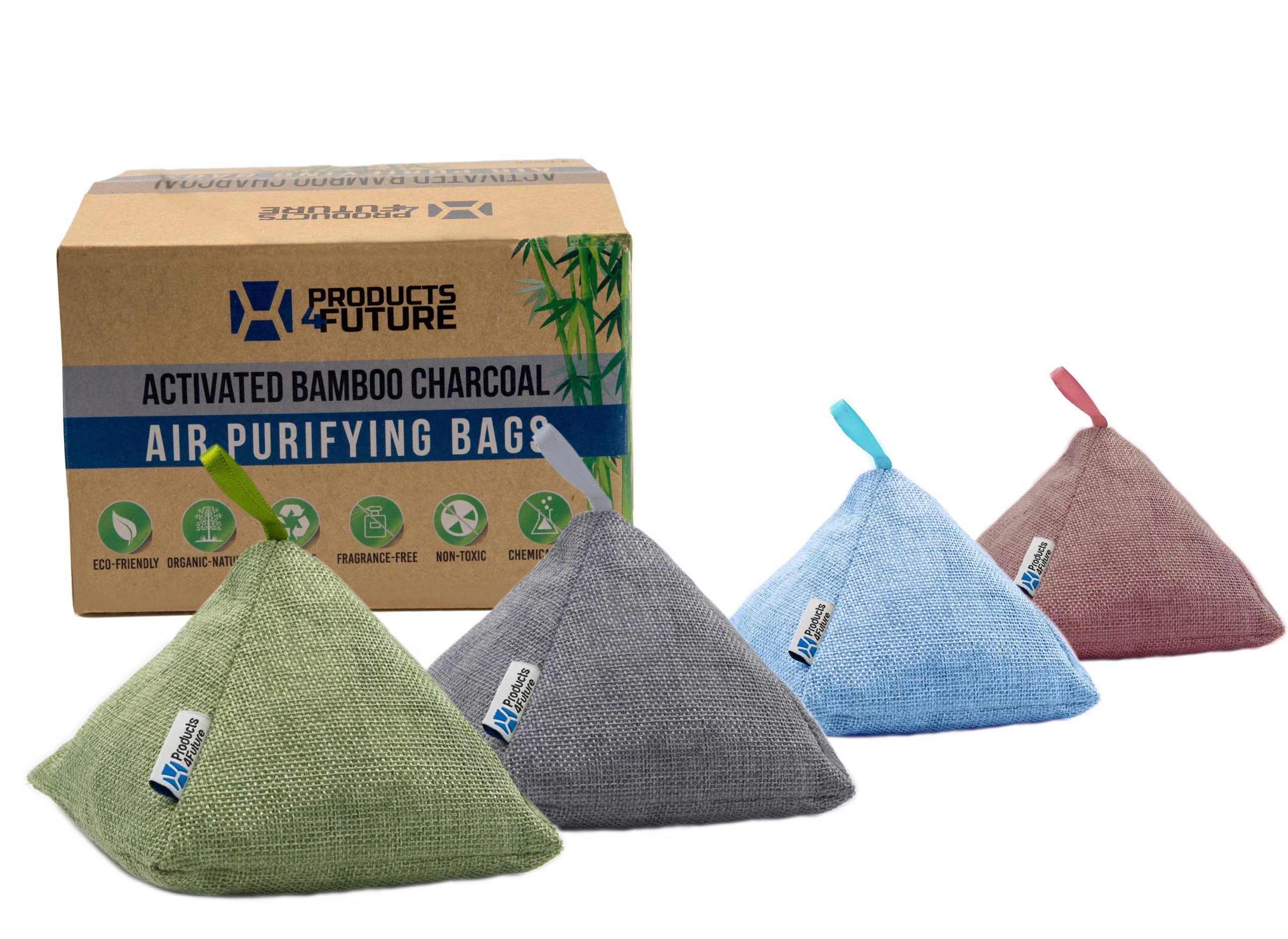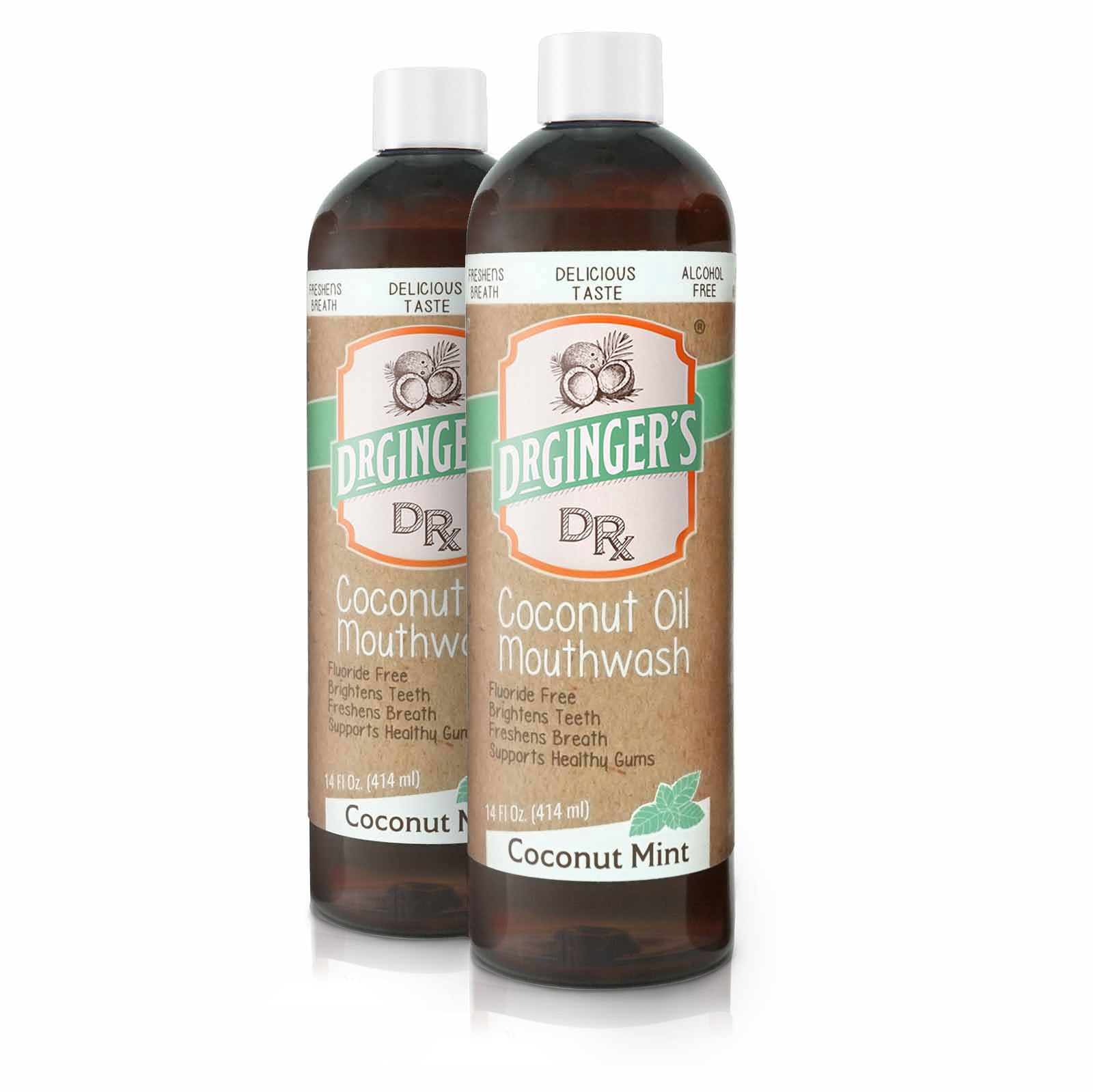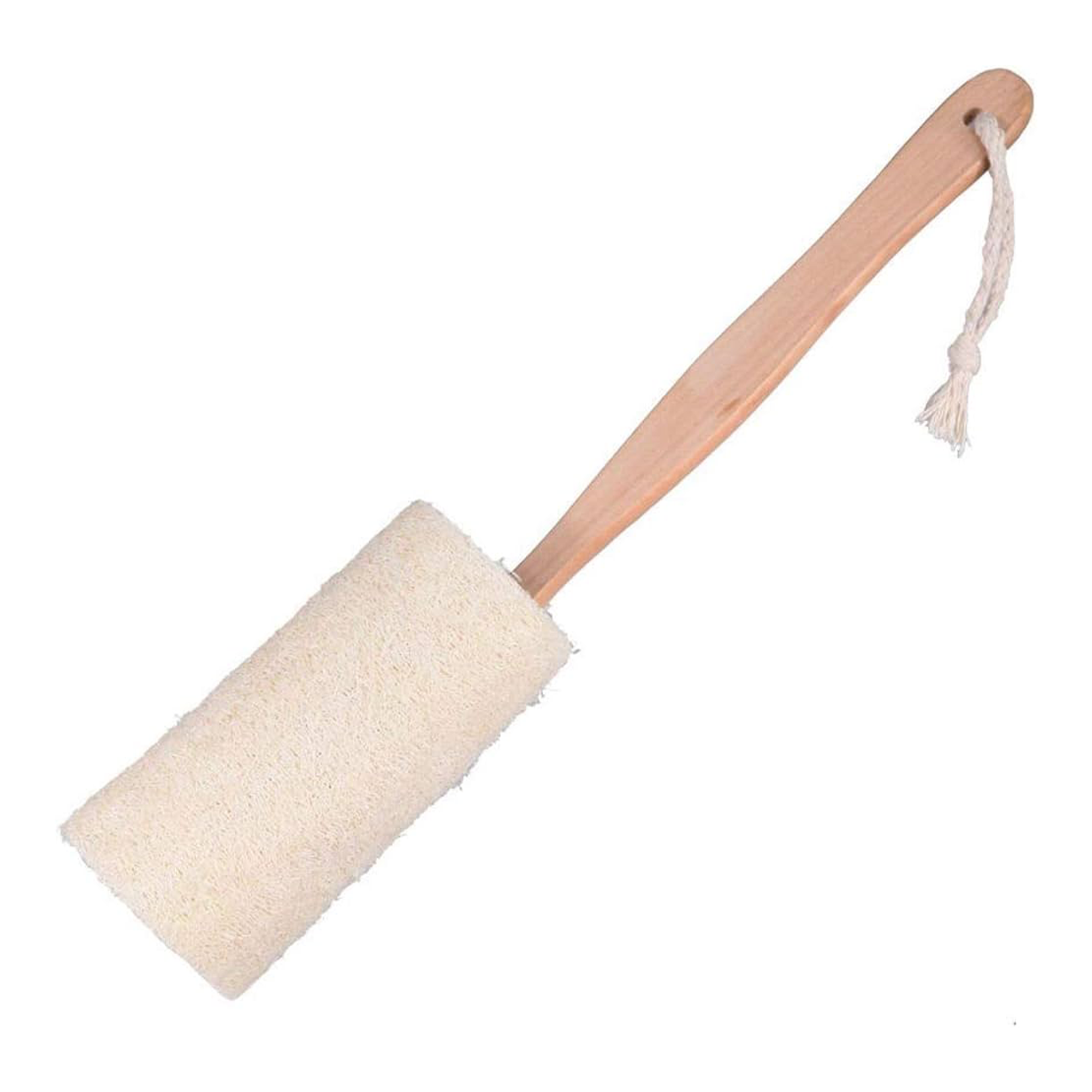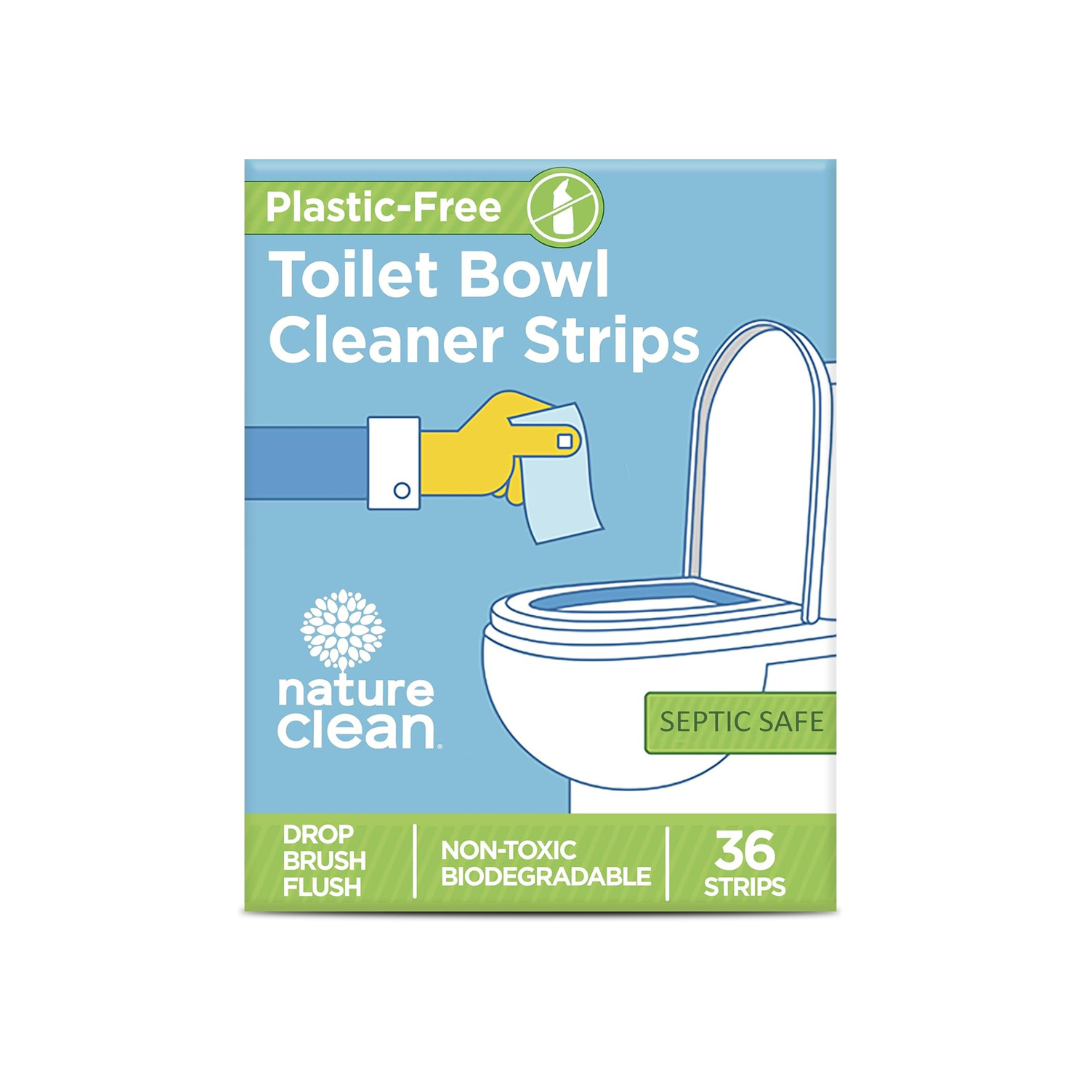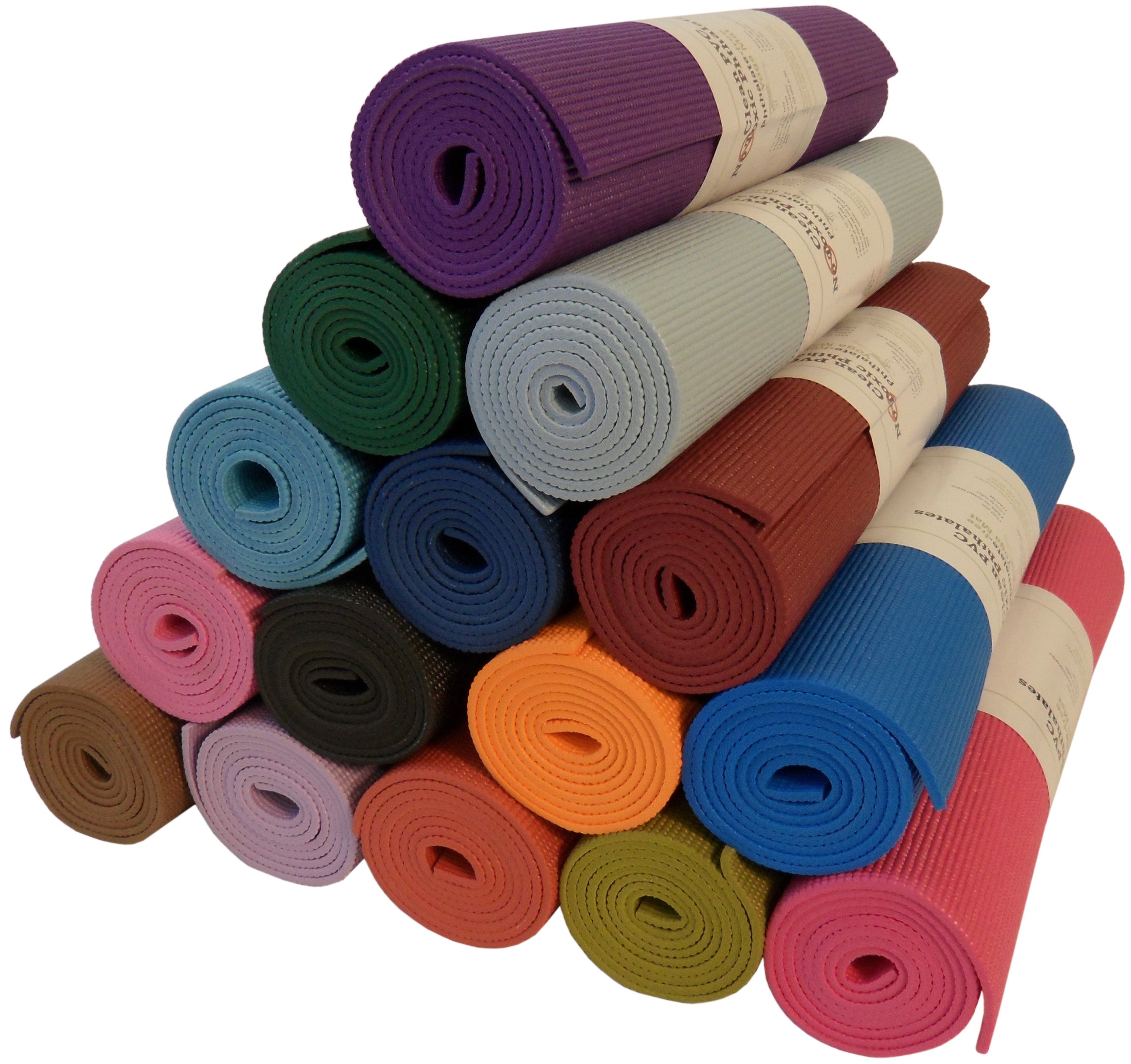As parents, we have the unique opportunity to shape the future through our children's education and actions. By instilling a strong foundation of eco-friendly values and practices, we not only enhance our children's lives but also contribute to a healthier planet. In this blog, we'll explore simple, effective ways to introduce the concept of sustainability to your kids and integrate it into everyday life.
Why It’s Crucial to Teach Kids About Sustainability
The reasons for teaching kids about sustainability are numerous and compelling. First and foremost, children are the next generation of policymakers, consumers, and influencers. The habits and values they adopt now will shape the future of our planet. By teaching them about sustainability, we equip them with the mindset to make environmentally friendly choices and inspire others to do the same.
Moreover, children are naturally curious and receptive. They absorb new concepts quickly and are enthusiastic about implementing them. This makes childhood an ideal time to introduce ideas of conservation and responsible living. Additionally, understanding sustainability helps children appreciate nature and recognize their role in the ecosystem, which is crucial in a world where disconnect from the natural environment is increasingly common.
Lastly, teaching sustainability is not just about preparing children for the future; it's also about creating a healthier living environment today. Sustainable practices reduce pollution, conserve resources, and enhance the quality of life, ensuring that our children grow up in a world that supports their well-being and health.
Engaging Activities to Teach Sustainability
Teaching kids about sustainability can be both fun and engaging. Through hands-on activities, children can learn about environmental stewardship in ways that resonate with them. Here are some enjoyable and educational activities that can help you instill sustainable habits in your children:
DIY Recycling Projects
Recycling doesn't have to be a chore. With a little creativity, it can be a fun and artistic endeavor. Encourage your kids to start by collecting items that are commonly thrown away, such as paper rolls, plastic bottles, and old magazines. Together, you can transform these items into useful or decorative objects. For example, plastic bottles can be cut and painted to become cheerful planters, or paper rolls can be turned into colorful organizers for small items. These projects not only teach children about the importance of recycling but also spark their creativity and imagination.
Gardening and Composting Together
Gardening is a wonderful way to teach children about the cycles of nature and the importance of caring for the earth. Start a small garden where kids can plant flowers, vegetables, or herbs. Explain how plants grow and how they contribute to the health of our planet. Additionally, introduce them to composting by setting up a compost bin. Show them what kinds of waste can be composted and how it eventually turns into nutrient-rich soil that can help their garden flourish. This hands-on experience not only connects them to the source of their food but also teaches them about waste reduction and resource cycles.
Nature Walks and Wildlife Observation
There’s no better classroom than the great outdoors. Regular nature walks can be a fantastic way for the family to learn about sustainability. Teach your children to observe the different types of plants and animals in your area. Discuss how each organism plays a role in the ecosystem and the importance of preserving their habitats. Equip them with a notebook or a camera to document their findings, making each walk both an adventure and a learning experience. These walks can help cultivate a lasting appreciation for nature and an understanding of why environmental conservation is crucial.
Through these activities, children can see firsthand the impact of their actions on the environment and learn valuable lessons about conservation, responsibility, and creativity. Engaging them in these practices not only makes learning fun but also helps them develop a deep-rooted commitment to a sustainable lifestyle.
Conclusion
As we wrap up our guide on teaching kids about sustainability, remember that every small effort counts when it comes to shaping a greener, more sustainable future. By engaging in activities like DIY recycling projects, gardening, and nature walks, you're not only spending quality time with your children but also instilling in them the values and habits that will last a lifetime. The journey towards sustainability is a shared one, and by starting this education at home, you're contributing to a much larger global effort.
We encourage you to continue exploring and implementing sustainable practices with your family. Visit us at Flora.co for more ideas, resources, and eco-friendly products that can help enhance your sustainable lifestyle.




